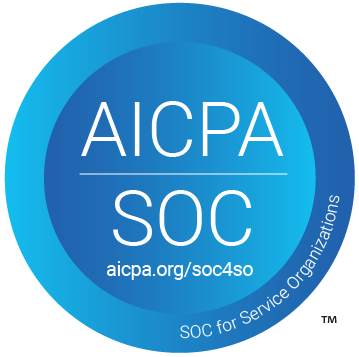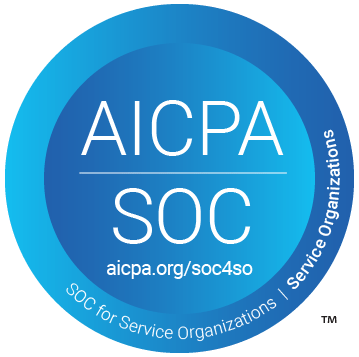Have you ever wondered if there is a way to send payment reminder emails from Google Sheets via Gmail automatically? If yes, then you don’t have to stress about it anymore as we have the best solution for all your problems called Pabbly Connect.
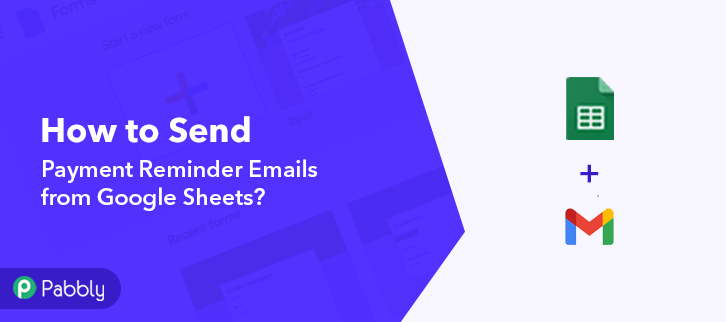
So, basically, Pabbly Connect is integration & automation software that lets you transfer data among multiple applications in real-time.
Most importantly, you don’t have to do any hard coding & even a fresher can use it efficiently. Also, this procedure will be just a one-time setup & after that, the workflow will take care of rest.
Why Choose This Method Of Integration?
In contrast with other integration services-
- Pabbly Connect does not charge you for its in-built apps like filters, Iterator, Router, Data transformer, and more
- Create “Unlimited Workflows” and smoothly define multiple tasks for each action
- As compared to other services which offer 750 tasks at $24.99, Pabbly Connect offers 50000 tasks in the starter plan of $29 itself
- Unlike Zapier, there’s no restriction on features. Get access to advanced features even in the basic plan
- Try before you buy! Before spending your money, you can actually signup & try out the working of Pabbly Connect for FREE
But, before jumping directly on the procedure first, let’s learn a bit about the services. As you are aware, that Google Sheets is an online spreadsheet app and Gmail is a free email service. Both are powered by Google but still, they don’t have any kind of integration between them. So, to set up an integration for Google Sheets to Gmail we will be going to use Pabbly Connect.
After setting up an integration, whenever a record is added in Google Sheets then automatically send payment reminder emails via Gmail in real-time.
Additionally, we’ve embedded a video tutorial for this integration. So, have a look at it by yourself –
Apart from that, we also have a template for this integration that can assist you further. Simply tap on the ‘Use Workflow’ button below to get started. Moreover, you can visit Marketplace to look for more ready-made template of the workflow.
So, get ready as we’re going to discover the Google Sheets to Gmail integration.
Step 1: Sign up to Pabbly Connect
To send payment reminder emails from Google Sheets via Gmail, visit the Pabbly Connect website & hit the ‘Sign-Up Free‘ button. Next on the registration page that opens subsequently either use your existing Gmail account or manually fill the registration form to signup.
Try Pabbly Connect for FREE
Next, after logging into the account, click on the ‘Access Now’ button as shown in the above image. Start the process of creating a workflow for integration by clicking on the ‘Create Workflow’ button. Moreover, add the name of workflow which in our case is ‘Google Sheets to Gmail’. Although, you can always name the workflow according to your necessities. Following, after creating a workflow, you have to choose the integration app to set a time for sending an email via Gmail. When you click on the create button to generate the workflow, a page containing the trigger window will open next. Select ‘Schedule’ from the choose app drop-down. After this, you have to select a duration for sending a payment reminder emails via Gmail. We are selecting ’Every day’. Now, set the time at which you want the email to be forwarded. Make sure to set the time in UTC format. At last, hit the ‘Save’ button. Subsequently, to get the data for the further integration process, we are going to integrate Google Sheets in next step. Next, click on the ‘+’ button below and choose the application that you want to integrate. Here we will choose ‘Google Sheets’ and in the method section select ‘Get Rows’. After choosing the application click on the ‘Connect with Google Sheets’ button to move forward. Promptly, a window will slide from right. Here, again click on ‘Connect with Google Sheets’ button and authorize your Google account from which you want the data. Click on ‘Save’ button. Next, choose your spreadsheet and enter the range of the data. Once, you are done selecting spreadsheets, click on ‘Save and Send Test Request’ button. But make sure to toggle off the ‘Simple Response’ section (to get the data of each individual row). Further, you will get the response of each individual row. Finally, click on ‘Save’ button. Subsequently, to sort out each data row from the above response, we have to add ‘Iterator’ in the action step. Now, click on the + button below and select ‘Iterator’ in the choose app. Next, you have to choose an array and then click on ‘Save and Send Test Request’ button. Once you click on the ‘Save and Send Test Request’ button, soon you will get the response, click on ‘Save’ button. Promptly, to split the data into individual fields, we need to select ‘JSON Extractor’ in the next action step. Next, click on the (+) button and select the app as ‘JSON Extractor’ and method as ‘Extract JSON Data’. After choosing the application click on the ‘Connect with JSON Extractor’ button to move forward. Now, to separate the data into individual fields you have to map the ‘Data’ field. Further, click on ‘Save and Send Test Request’ button and you will the API response. Now, the data is extracted in individual fields. As we want to send the payment reminder emails every day. So, we need to insert current date in the application and for that, we have to integrate ‘Date/Time Formatter’. Next, click on the (+) button and select the app as ‘Date/Time Formatter’ and method as ‘Current Date’. Promptly, click on the ‘Connect With Date/Time Formatter’ button. Now, choose the format of date from ‘Basic Format’ drop-down. Once you are done mapping the field data, click on the ‘Save and Send Test Request’ button and then click on ‘Save’ button. Further, to change the format of current and due date in ‘Timestamp’ format, we need to introduce ‘Date/Time Formatter’ again in the action step. Next, click on the (+) button and select the app as ‘Date/Time Formatter’ and method as ‘Format Date Only’. Now, click on the ‘Connect’ button. Promptly, map the current date in the ‘Date’ field and in the ‘To Format’ drop-down select ‘Timestamp’ option. Once you are done mapping the field data, click on the ‘Save and Send Test Request’ button and the format of current date is changed into timestamp format. Similarly, to change the format of due date, simply follow the above same steps, just map the due date in place of current date in the ‘Date’ field. Now, we have to set up two conditions to send an email via Gmail and for that, we will integrate ‘Filter’ in the next action step. Now, click on the plus (+) button and from the choose app select ‘Filter’. The first condition is to send an email only when the current date is less than due date. To do so, map the formatted current date in the first field, then map the formatted due date in the second field and set the condition as ‘Less than’. After this, hit the (+) icon to setup another condition. The second condition is to send an email only when the person hasn’t paid the fees yet or has payment status due. In this case, map the fees status (due) in the first fields, enter ‘Due’ in the second field and then set the condition as ‘Equal to’, (as shown in above image). After this, click on the ‘Save and Send Test Request’ to get the response of filters. Finally, click on ‘Save’ button. Now, it’s time to integrate the last action step of our workflow to complete the integration process, i.e, to send an email via Gmail. Now in this step, click on the + button below and choose the application that you want to integrate. Here we will choose ‘Gmail’ to integrate and in the method section select ‘Send an Email’. After choosing the application click on the ‘Connect with Gmail’ button to move forward. Next, to authorize your Gmail account, you need to click on the ‘Connect with Gmail’ button and then select your Google account through which you want to send an email. Further, map all the fields quickly like name, email address of recipient and sender, message and so on. Once you are done mapping up all field data click on the ‘Save & Send Test Request’ button. Finally, click on ‘Save’ button. Here, you can see that integration was successful and the email has been delivered via Gmail about the payment reminder from Google Sheets. Now, a subsequent payment reminder email will be sent to each person until the due date. Conclusively, now you know ‘How to Send Payment Reminder Emails from Google Sheets’. This is a one-time process, now all your manual work will be done by the online business automation & integration tool i.e Pabbly Connect. Just follow this step by step procedure mentioned above & your Google Sheets to Gmail integration is all set. So, what are you waiting for? Go ahead & catch your deal by signing up for a free account. In case of any doubts or suggestions, please leave your comments below.Step 2: Access Pabbly Connect
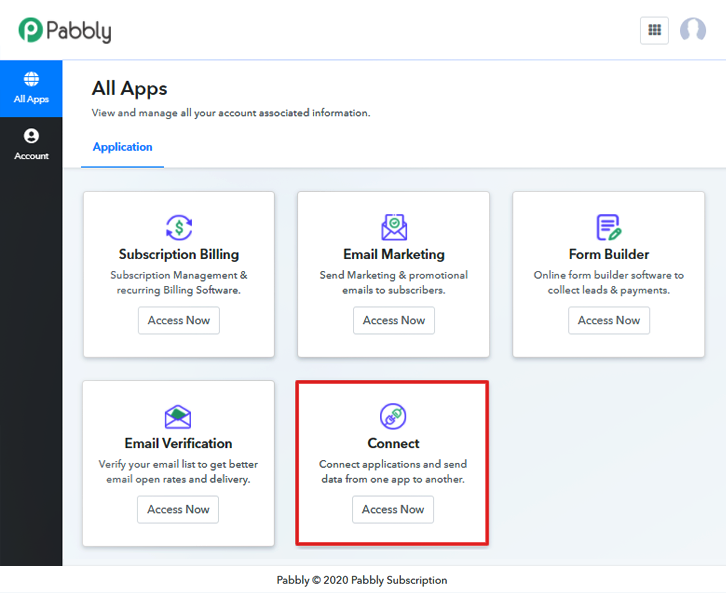
Step 3: Workflow for Google Sheets to Gmail Integration
(a) Start with a New Workflow
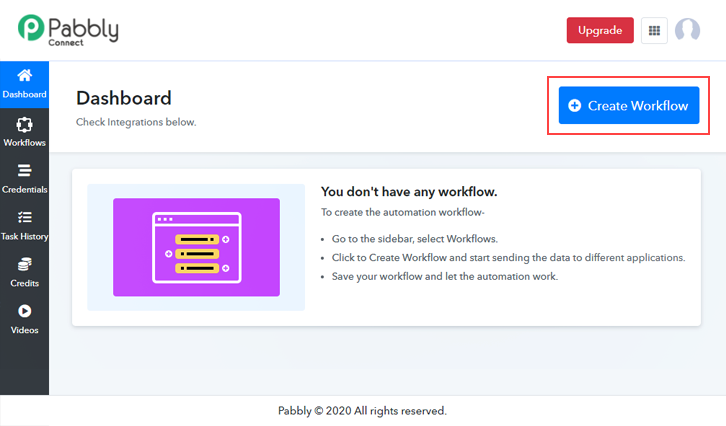
(b) Name the Workflow
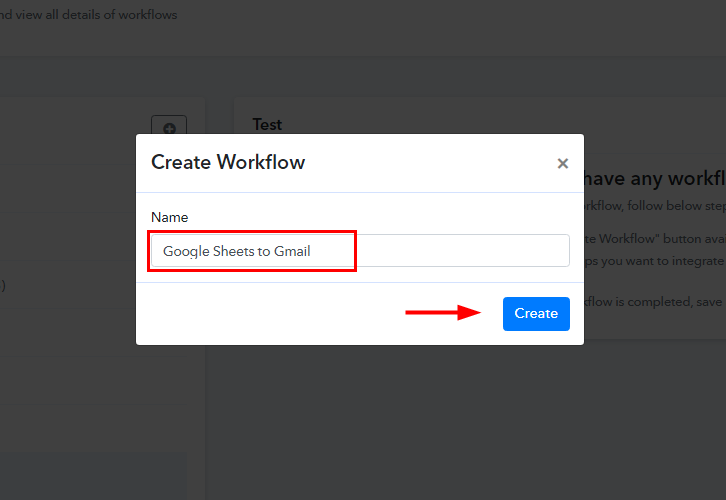
Step 4: Setting Schedule for Google Sheets to Gmail Integration
(a) Select Application you Want to Integrate
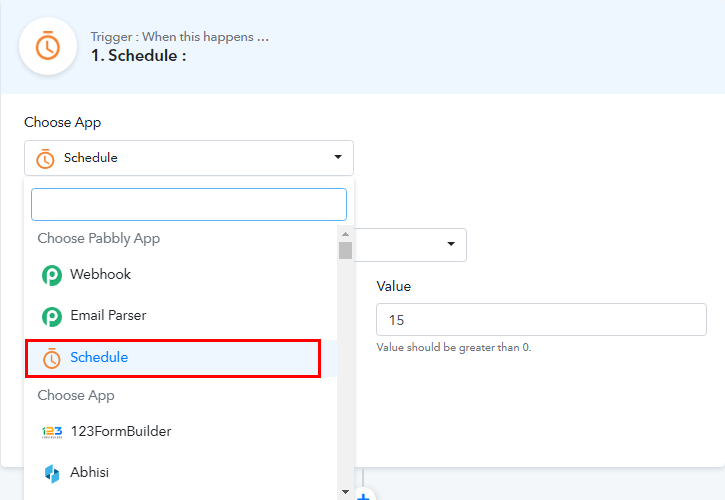
(b) Select Run Scenario
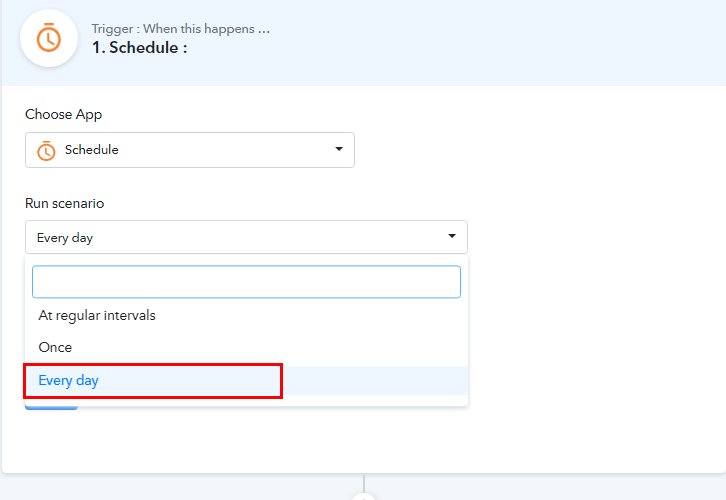
(c) Set the Time
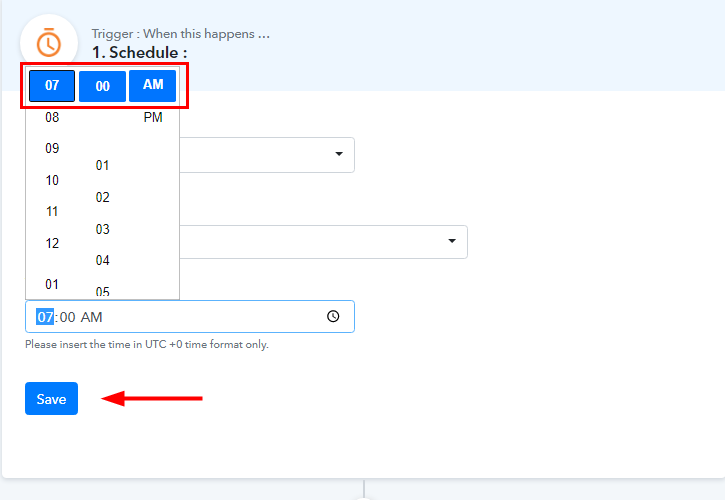
Step 5: Setting Google Sheets for the Integration
(a) Select Application you Want to Integrate
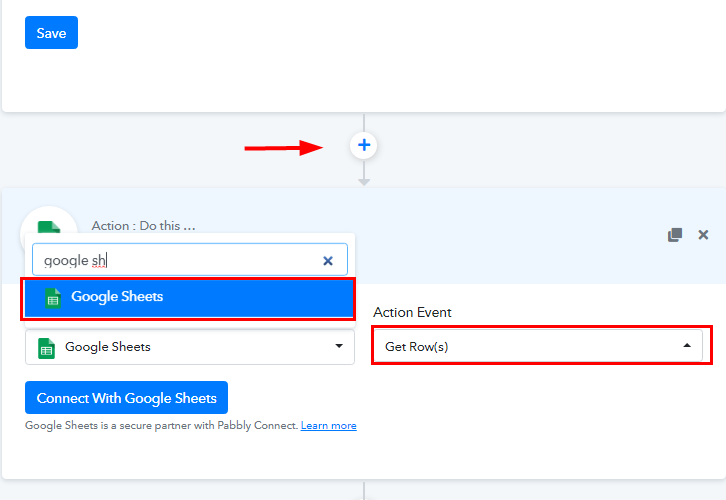
(b) Click on Connect Button
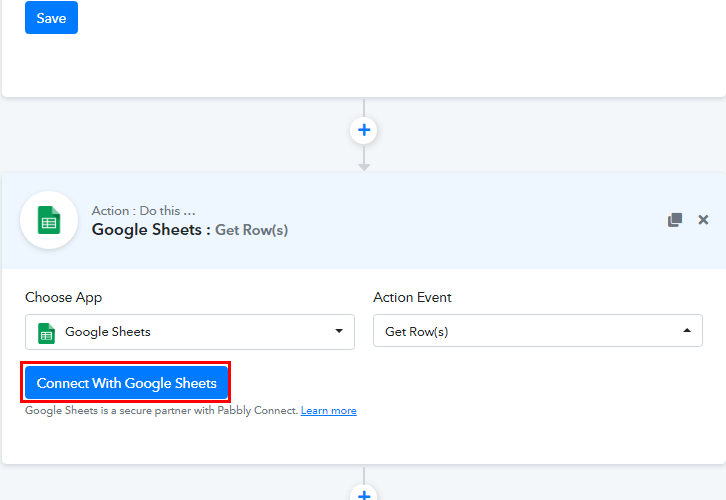
(c) Authorize Application
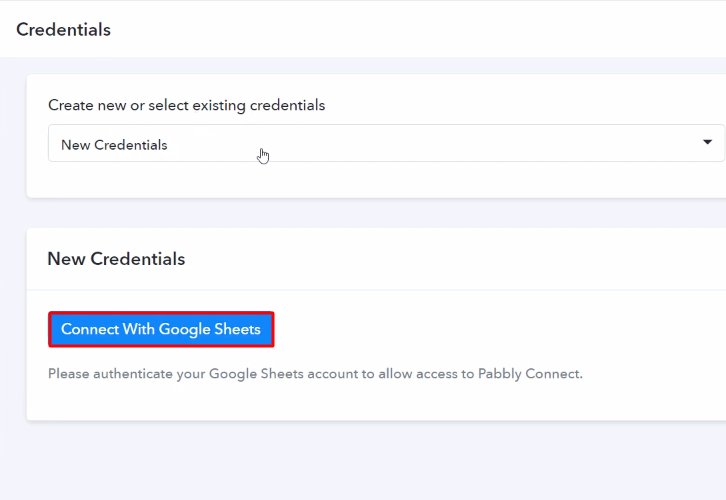
(d) Map the Fields
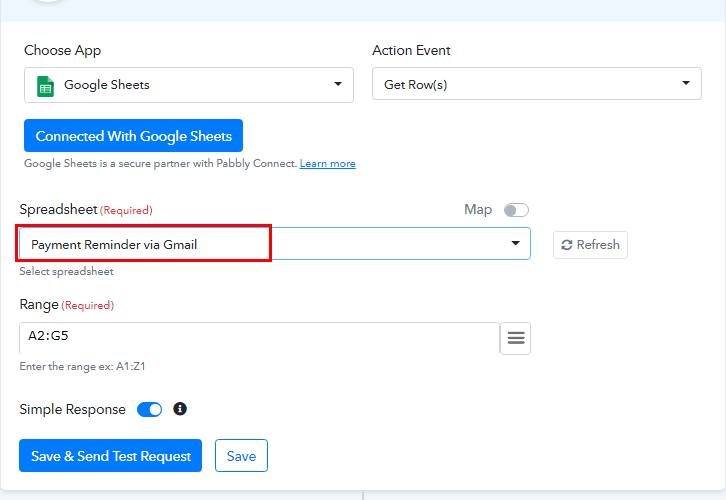
(e) Save and Send Test Request
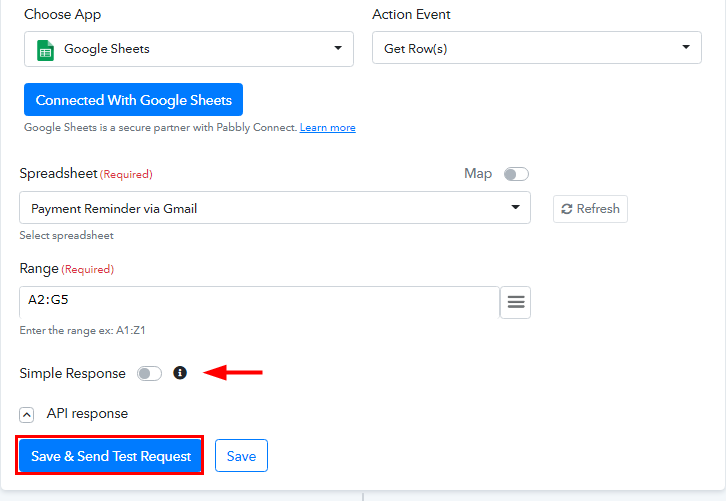
(f) Save the Response
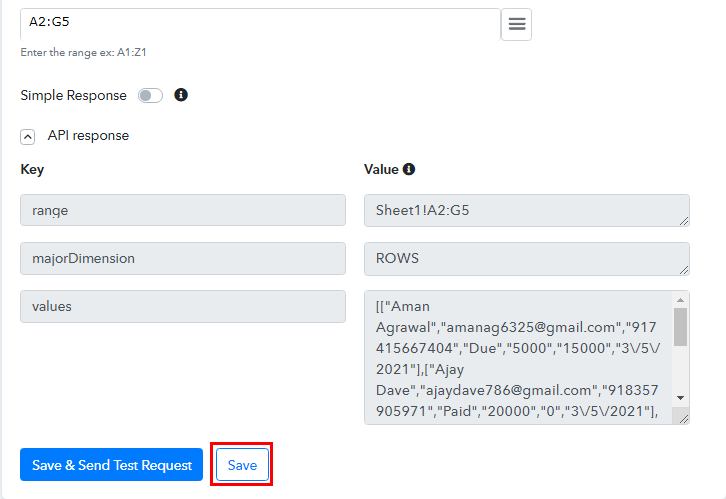
Step 6: Setting Action for Iterator
(a) Select Application you Want to Integrate
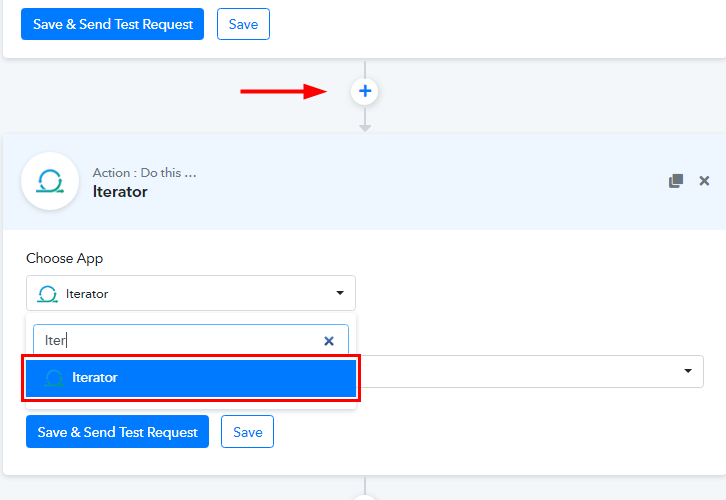
(b) Choose Array
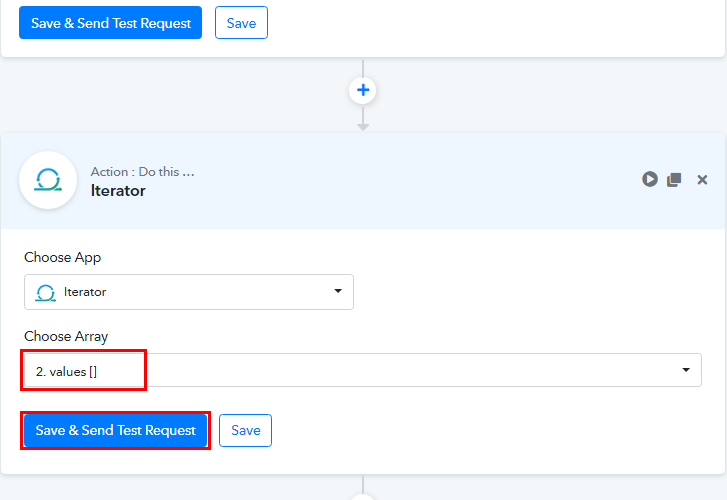
(c) Save the Response
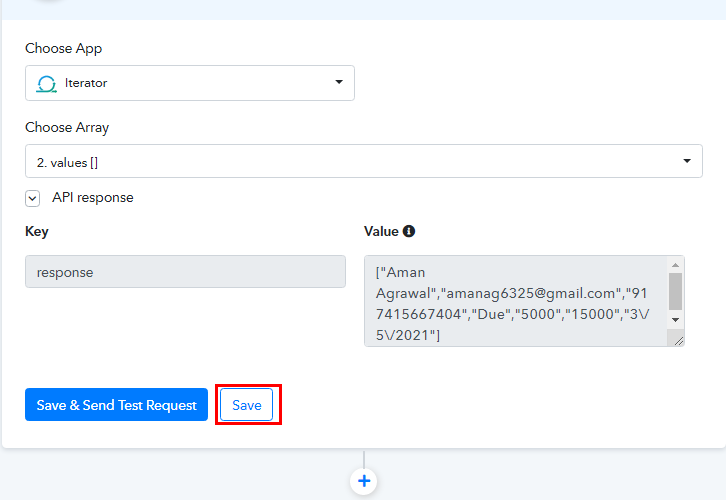
Step 7: Setting Action for JSON Extractor
(a) Select Application you want to Integrate
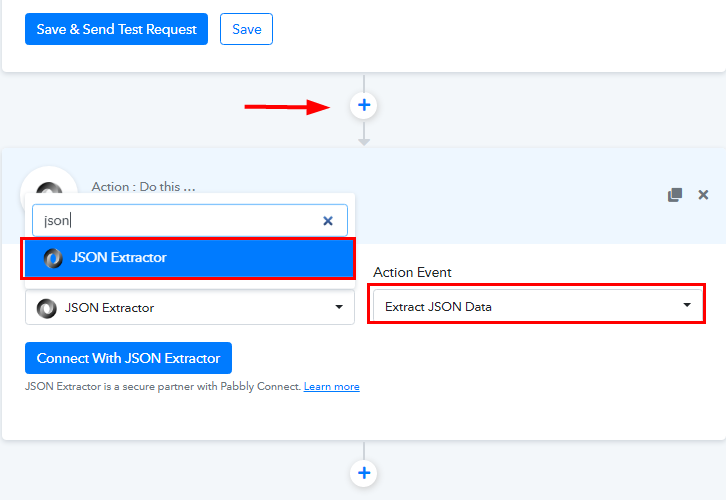
(b) Click on Connect Button
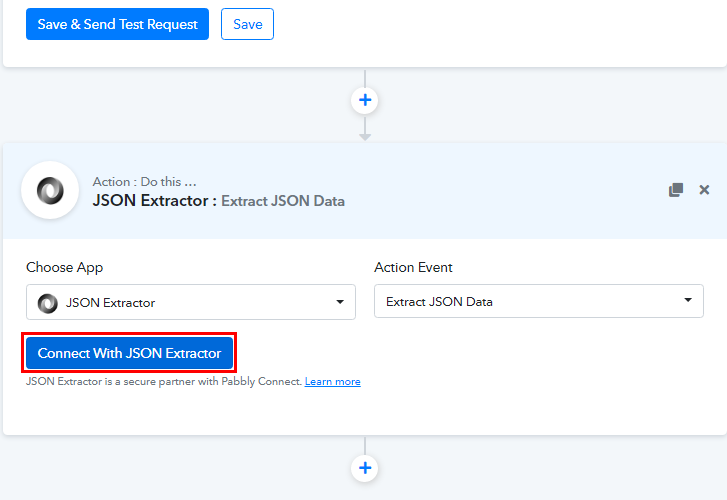
(c) Map the Field
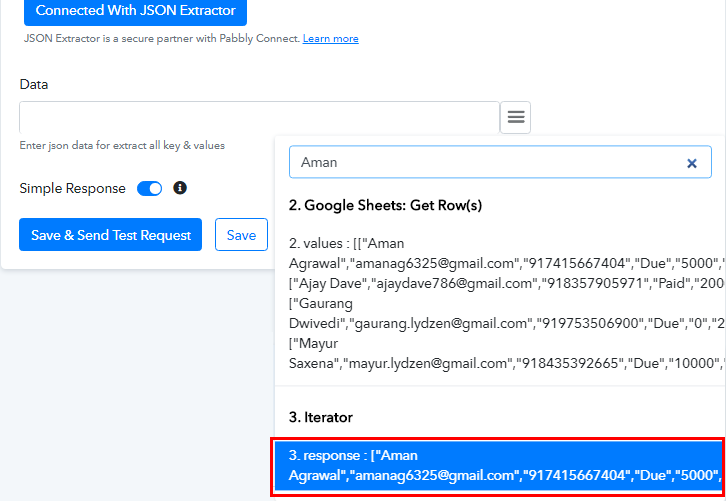
(d) Check and Save the Response
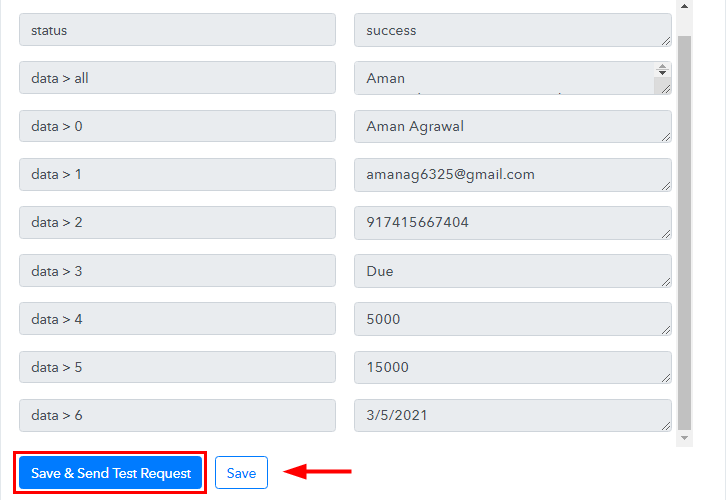
Step 8: Setting Date/Time Formatter for Current Date
(a) Select Application you want to Integrate
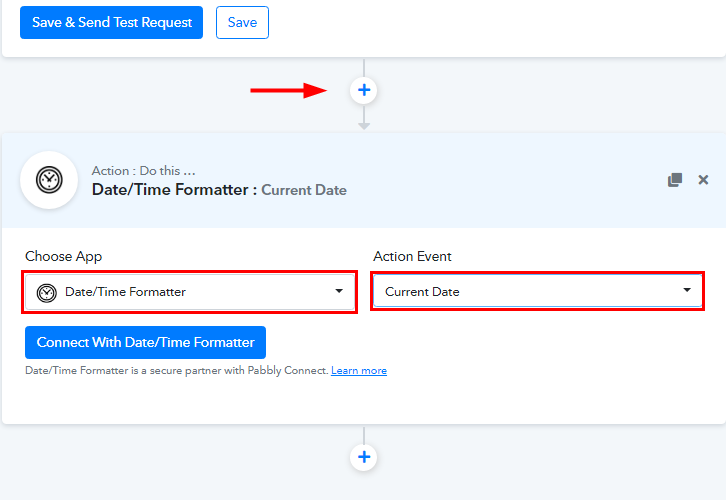
(b) Connect with Date/Time Formatter
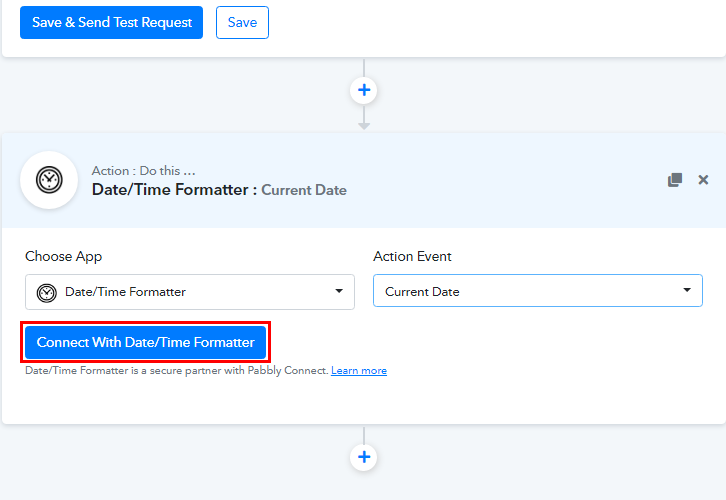
(c) Map the Fields
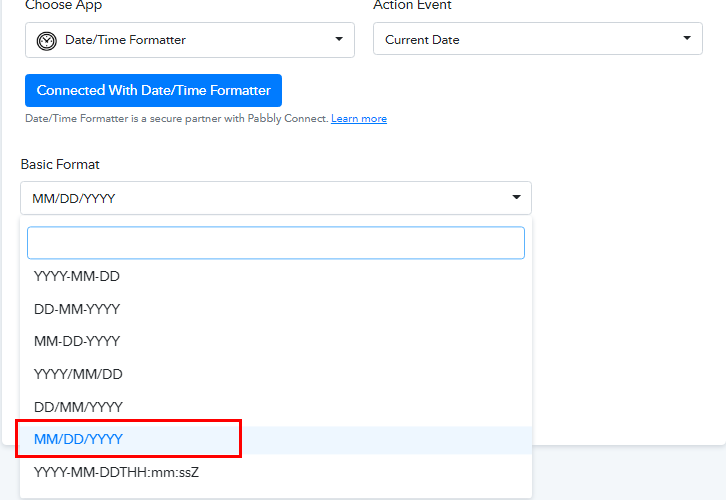
(d) Save and Send Test Request
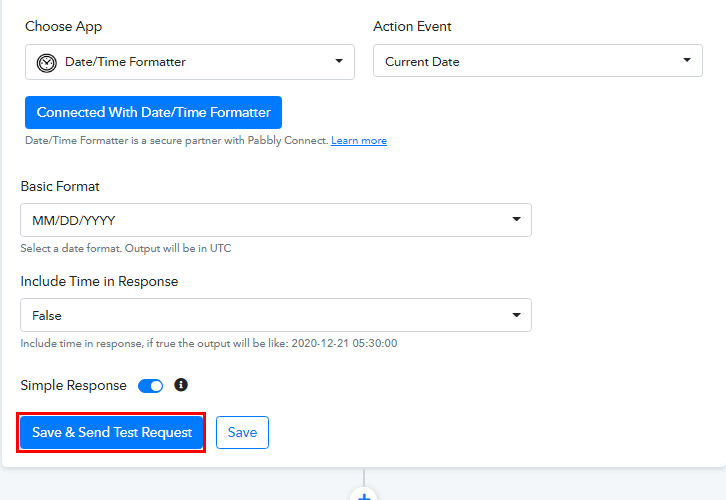
Step 9: Setting Date/Time Formatter to Format Date
(a) Select Application you want to Integrate
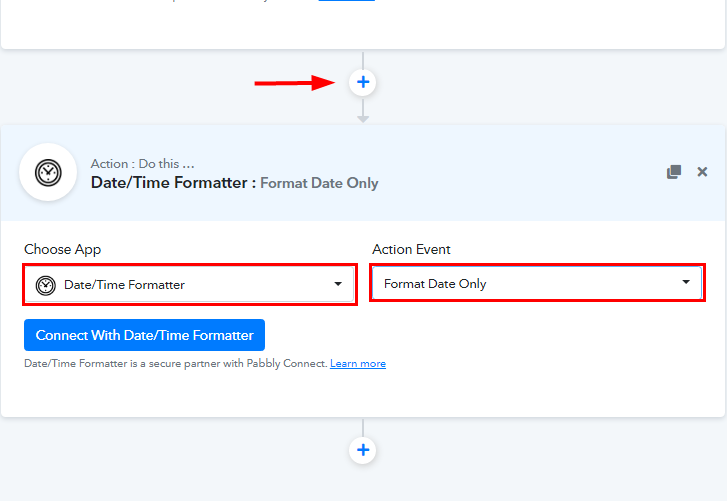
(b) Connect with Data/Time Formatter

(c) Map the Fields
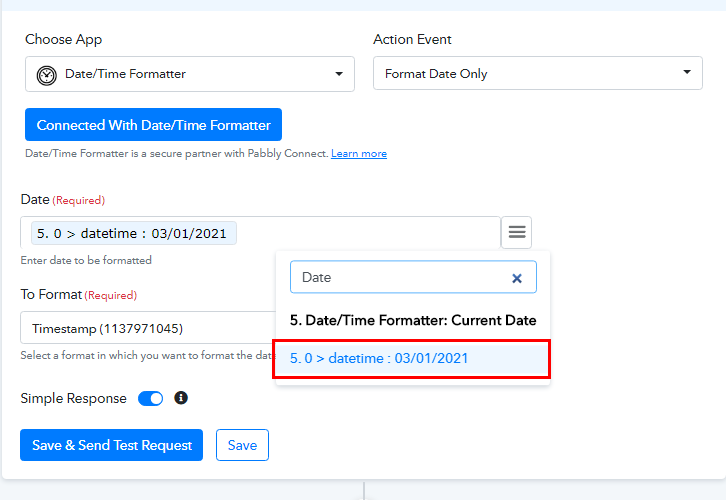
(d) Save and Send Test Request
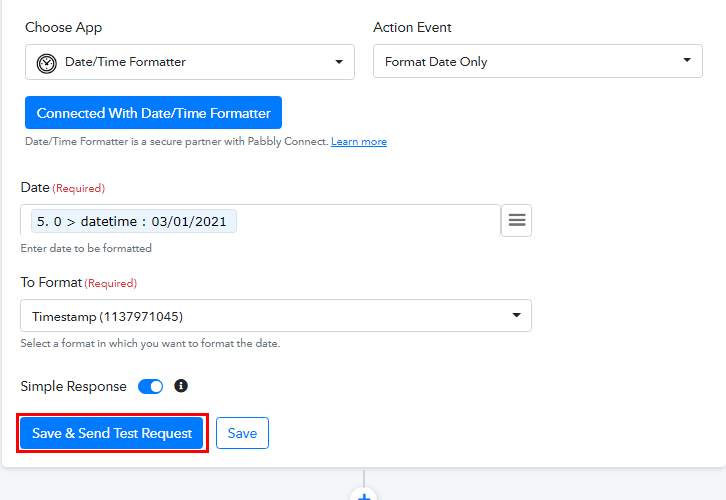
Step 10: Setting Action for Filters
(a) Select Application you Want to Integrate
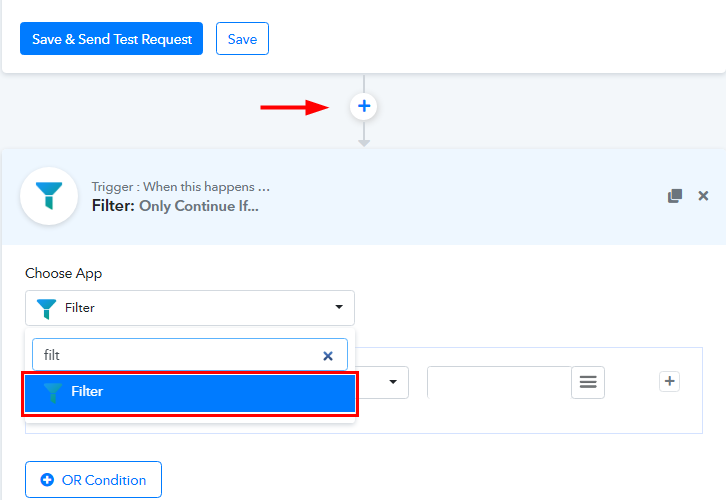
(b) Setting First Condition
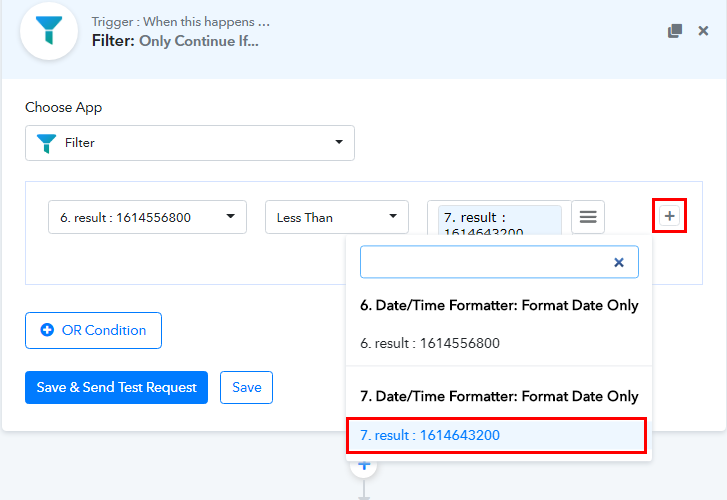
(c) Setting Second Condition
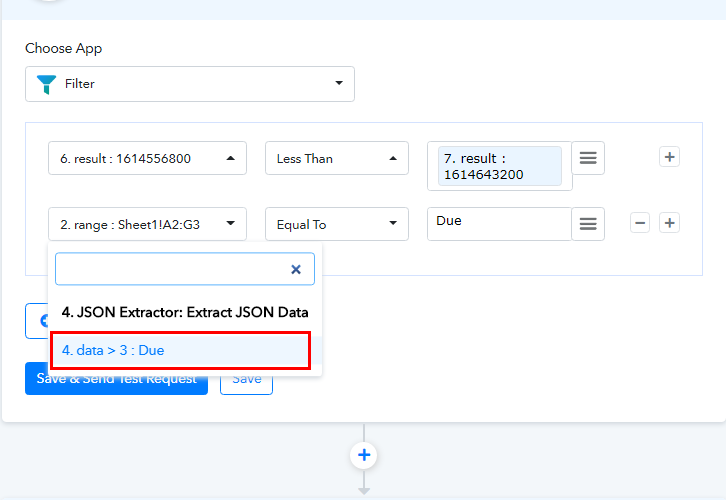
(d) Save and Send Test Request
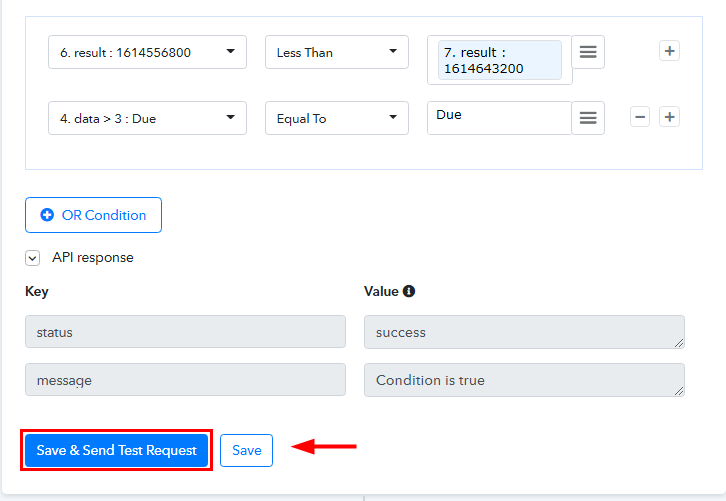
Step 11: Setting Action for Google Sheets to Gmail Integration
(a) Select Application you want to Integrate
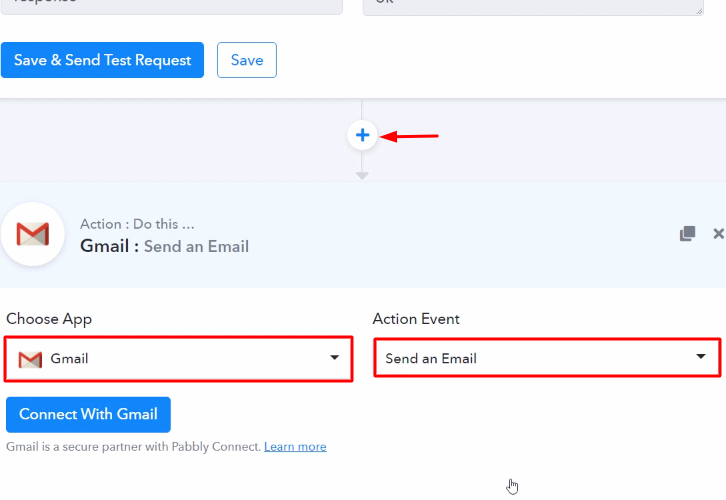
(b) Click the Connect Button
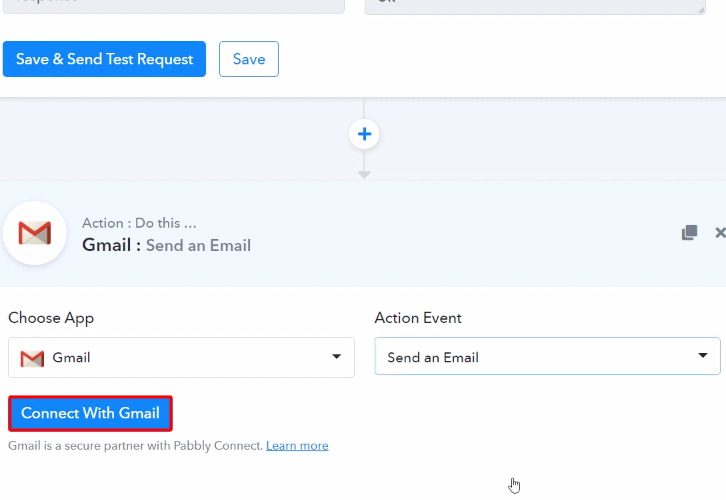
(c) Authorize Application
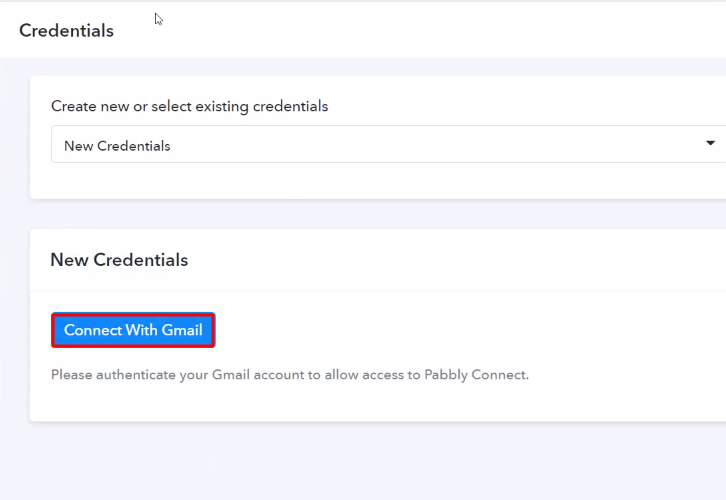
(d) Map the Fields
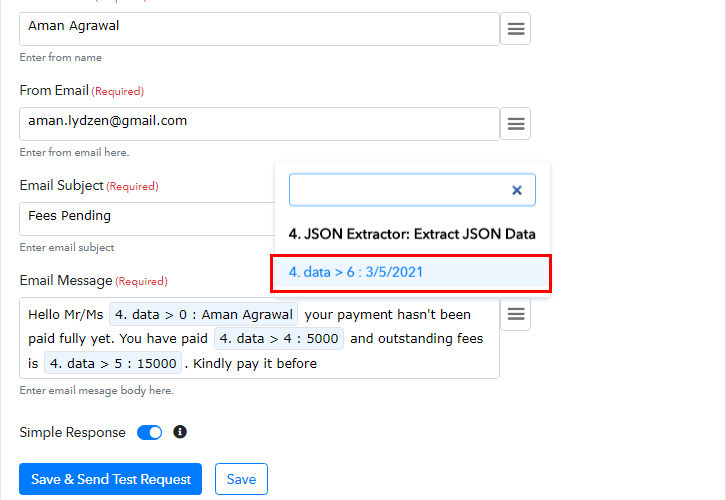
(e) Save and Send Test Request
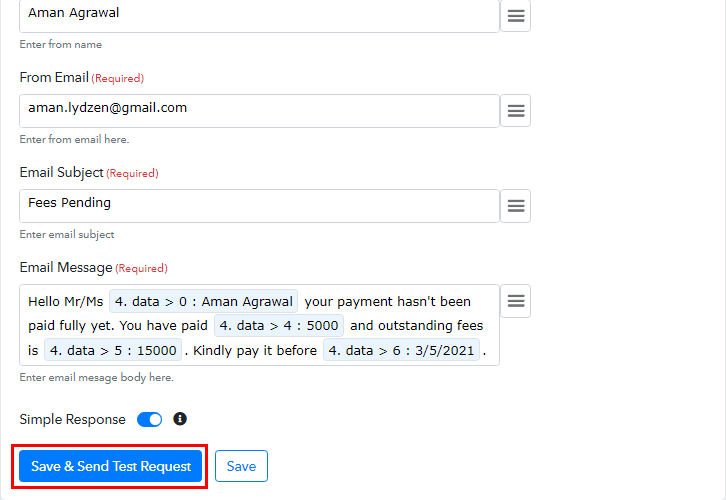
Step 12: Check Response in Gmail Dashboard
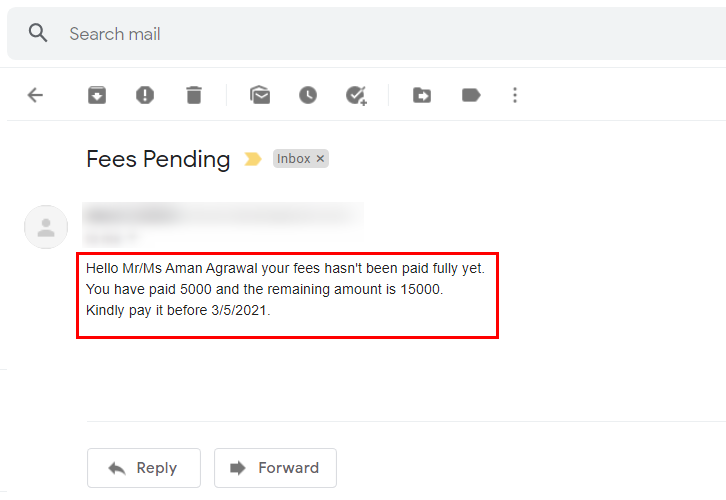
Conclusion –
You May Also Like to Read –





